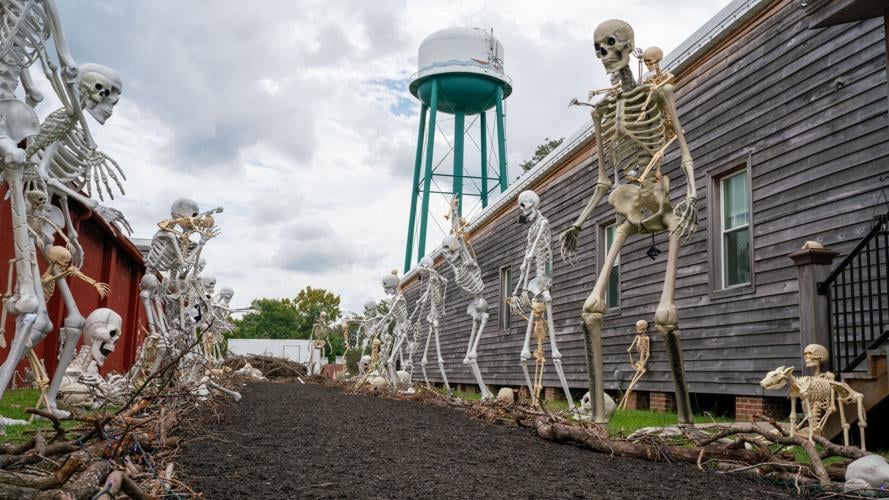Charlie’s Corner is the domain of Charlie, the furry four-legged lady’s man of the Market Common. Each month, he’ll share information to help all new, visiting, and existing doggie community members get the most out of life alongside their human companions. Here, we’ll feature his reflections on what it’s like to be a dashing downtown doggie, as he reminds all of us how to play well together.
This month, Charlie sifts through accounts from ancient ages, as he explores the etymology of the Dog Days of Summer.
Ah, lolling about on my doggie bed, or out in the sun or shade of my balcony as the spirit moves me— it’s officially the dog days of summer— one of my most favorite times of the year in addition to my birthday, because I don’t need an excuse for being incredibly lazy.
I just love that phrase, dog days, and really have to wonder what it means? Honored by the knowledge that there are multiple days named after my species, I think I should do a service to all, by discovering the illustrious (or since it’s so dang hot, perhaps less flattering) characteristics we posses that have inspired this nomenclature.
Sometimes, I’ve been accused of having been a cat in a past life for how curious I am about things, but there you have it. I’m very much a pooch this time around, and very much curious. I don’t subscribe to stereotyping anyway.
So. Dog days. Some people think that the dog days refer to the time of the year when it’s so hot that even dogs lie around, panting. But that doesn’t make much sense to me, because most dogs do lie around and pant in general. At least I do. Nap time is very important for my emotional stability.
No, the dog days were so designated by the ancient Greeks, who noticed that the dog star, Sirius, would rise in the heavens just before sunrise in late July. Homer’s The Iliad made references to it.
This would correspond with some of the hottest days in the calendar. And so, people, thinking more about how they felt in the moment rather than stars in the sky, began to associate the dog days of summer with extreme heat, rather than anything astrological.
Apparently, the dog days didn’t have positive associations back then. Probably the hottest time of the year wouldn’t be everybody’s favorite in the centuries before air conditioning, but lo! Oh no! It’s not only that. Additionally, the dog days of summer were associated with a time of calamity, when illness and catastrophe were common.
I wonder if the heat made people so grumpy that fights would just erupt uncontrollably— national distress ensuing in the wake of there being not enough shade under the trees for everyone to fit— or if it was just an unfortunate coincidence.
Gadzooks! I wasn’t necessarily overly optimistic, but I’m a bit deflated now about this time of year.
What’s interesting to note, however, is that as the earth shifts minutely, the stars don’t appear visible to us in the same locations at the same times of the year, over the centuries. Every fifty years or so, the sky shifts by one degree, so what was visible in one location at one point, 50 years later, won’t be in the same place. That’s really neat!
Since The Illiad was written around the 8th century B.C., that means that today we are looking at a very different sky. I’m not going to do the math and tell you how different. After all, it’s the dog days of summer. A time when dogs just loll about and sleep.
Until next time,

















